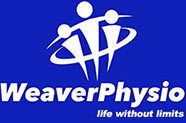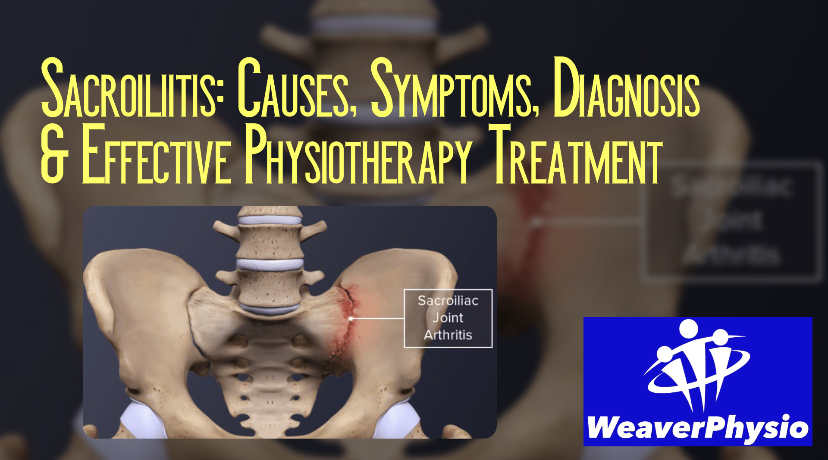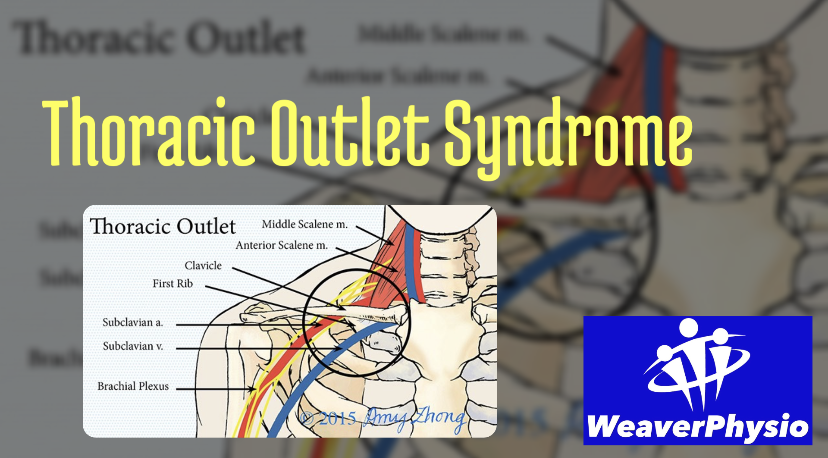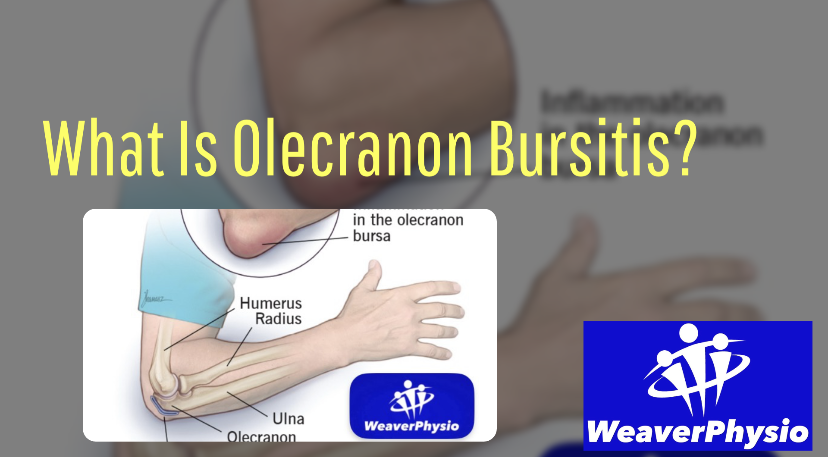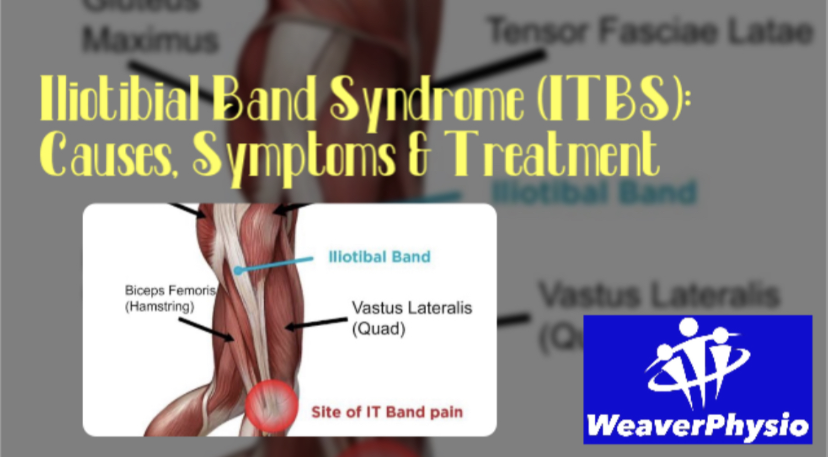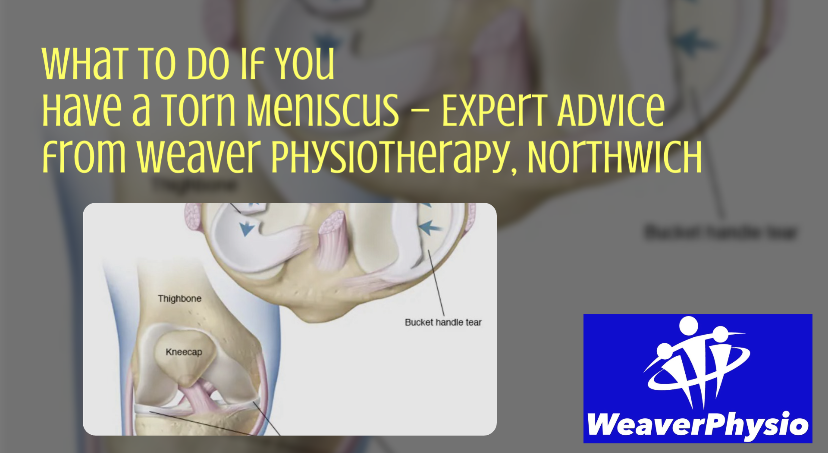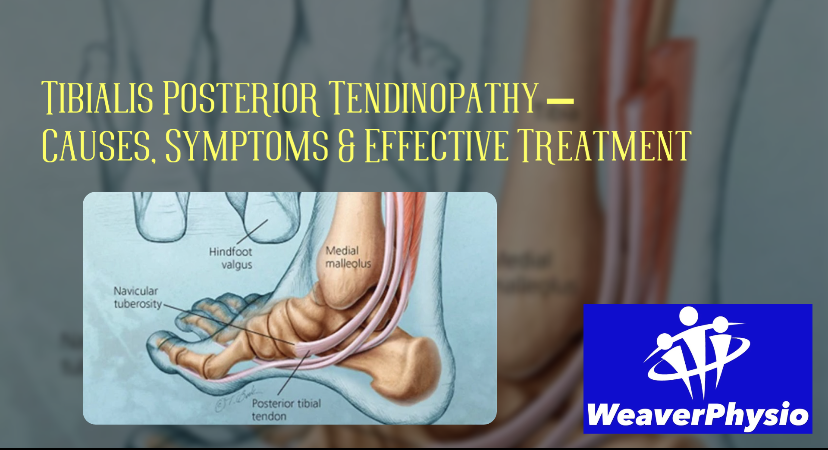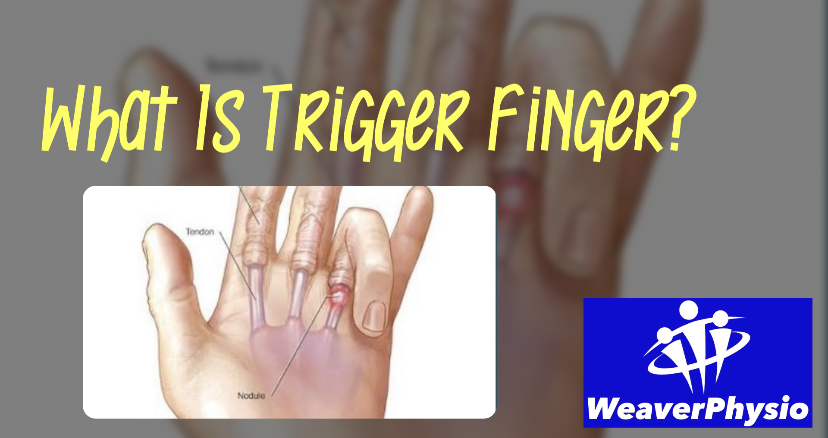Avascular Necrosis (AVN)
Symptoms, Causes, Treatment & Recovery | Weaver Physio, Northwich
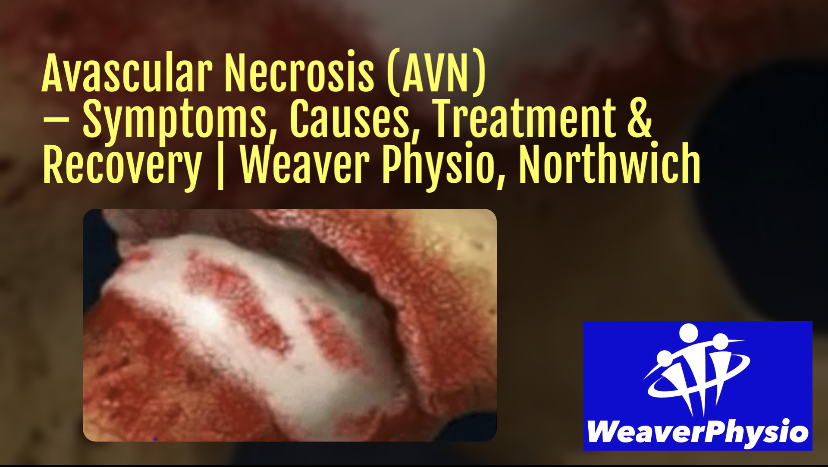
Introduction: Understanding Avascular Necrosis
At Weaver Physiotherapy & Sports Injury Clinic in Northwich, Cheshire, our mission is to help people move better, recover from injuries, and live pain-free. While many patients come to us with common conditions such as back pain, knee injuries, or sports-related issues, we also see individuals living with more complex problems like Avascular Necrosis (AVN).
Avascular Necrosis, sometimes called osteonecrosis, is a painful and progressive condition where the blood supply to a bone is disrupted, leading to bone tissue death. Without proper treatment, AVN can cause severe pain, joint collapse, and long-term disability.
In this comprehensive guide, we’ll explore:
• ✅ What Avascular Necrosis is
• ✅ Early symptoms and warning signs
• ✅ Causes and risk factors
• ✅ How AVN is diagnosed
• ✅ Treatment options, including physiotherapy
• ✅ Long-term management, rehabilitation, and lifestyle advice
• ✅ How Weaver Physio supports patients across Northwich, Winsford, Middlewich, Knutsford, Tarporley & Frodsham
What is Avascular Necrosis?
Avascular Necrosis (AVN) occurs when bone tissue dies due to a lack of blood supply. Over time, the affected bone weakens, collapses, and causes surrounding joint surfaces to become damaged. AVN most commonly affects the hip joint (femoral head) but can also develop in the shoulder, knee, ankle, or wrist.
Because AVN develops gradually, it is often misdiagnosed as arthritis, tendonitis, or a simple sports injury in its early stages. Recognising symptoms early and seeking expert care is vital for preventing further joint damage.
Symptoms of Avascular Necrosis
Early signs of AVN may be subtle but worsen over time. Key symptoms include:
• Joint Pain – usually starting as mild discomfort but progressing to persistent, sharp, or deep pain.
• Pain with Weight Bearing – especially in the hip, knee, or ankle.
• Reduced Range of Motion – stiffness and difficulty moving the joint freely.
• Night Pain – discomfort that disturbs sleep.
• Limping or Gait Changes – particularly when AVN affects the hip or knee.
• Joint Instability – a feeling of weakness or “giving way.”
If left untreated, AVN can lead to severe joint collapse, often requiring surgical intervention such as joint replacement.
Causes and Risk Factors
AVN develops when blood flow to a bone is interrupted. This can occur due to:
• Trauma – fractures or dislocations that damage blood vessels.
• Long-Term Steroid Use – corticosteroids can affect bone health and circulation.
• Excessive Alcohol Consumption – alcohol misuse is strongly linked to AVN.
• Medical Conditions – including sickle cell disease, lupus, and blood clotting disorders.
• Radiation or Chemotherapy – treatments that weaken bone tissue.
• Idiopathic AVN – in some cases, the cause is unknown.
Those most at risk include men aged 30-50, individuals with chronic health conditions, and those with a history of joint trauma.
How Avascular Necrosis is Diagnosed
Diagnosis usually involves a combination of:
• Medical History & Clinical Examination – to identify risk factors and assess symptoms.
• X-Rays – may show advanced changes such as bone collapse.
• MRI Scans – the most sensitive test for detecting early AVN.
• CT Scans & Bone Scans – occasionally used for further detail.
At Weaver Physio, we work closely with local GPs, orthopaedic consultants, and radiology teams to ensure patients get an accurate diagnosis and the best possible care pathway.
Treatment Options for Avascular Necrosis
Treatment depends on the stage of AVN and which joint is affected. Common approaches include:
1. Conservative Management (Early Stages)
• Physiotherapy – strengthening, flexibility, and mobility work.
• Activity Modification – reducing impact on the affected joint.
• Pain Management – including manual therapy and modalities such as acupuncture.
• Weight-Bearing Reduction – using crutches, walking aids, or supportive footwear.
2. Medical Interventions
• Medication – including bisphosphonates to protect bone, or pain-relief strategies.
• Core Decompression Surgery – drilling into the bone to reduce pressure and restore blood flow.
• Bone Grafting or Stem Cell Therapy – helping regenerate bone tissue.
• Joint Replacement Surgery – often necessary if the joint collapses.
3. Physiotherapy & Rehabilitation (Essential at Every Stage)
At Weaver Physio, physiotherapy plays a central role in managing AVN, whether pre-surgery, post-surgery, or as a conservative approach to avoid surgery where possible.
How Physiotherapy Helps in Avascular Necrosis
Physiotherapy at Weaver Physio is evidence-based, patient-centred, and designed around your lifestyle. We focus on:
• Strengthening Muscles – particularly around the hip, knee, or shoulder to offload the affected joint.
• Restoring Mobility – gentle stretches, range-of-motion exercises, and hydrotherapy when appropriate.
• Gait Re-education – correcting walking patterns to reduce joint strain.
• Pain Relief Techniques – including joint mobilisation, acupuncture, soft tissue therapy, and shockwave therapy where appropriate.
• Individualised Rehab Plans – tailored progression to avoid overloading the joint.
This approach helps slow AVN progression, improve quality of life, and speed up post-surgical recovery.
Recovery & Long-Term Management
Living with AVN requires ongoing care and management. At Weaver Physio, we support patients through:
• Post-Surgical Rehabilitation – after hip or knee replacement, we guide you back to full mobility.
• Strength & Conditioning – building resilience and reducing stress on the joint.
• Lifestyle Advice – including weight management, safe activity levels, and reducing alcohol intake.
• Sports & Exercise Modification – helping athletes return to safe, pain-free participation.
• Regular Check-Ups – monitoring for changes or progression of symptoms.
Our goal is always to maximise independence, restore function, and prevent long-term disability.
Living with Avascular Necrosis: Practical Tips
If you are living with AVN, here are some useful tips to manage the condition:
• ✅ Avoid High-Impact Activities – running and jumping may accelerate joint damage.
• ✅ Use Walking Aids if Advised – to reduce load on the affected joint.
• ✅ Stay Active in Low-Impact Ways – swimming, cycling, or Pilates can maintain fitness.
• ✅ Focus on Nutrition – a balanced diet supports bone health.
• ✅ Limit Alcohol & Stop Smoking – both restrict blood supply and bone healing.
• ✅ Seek Early Help – don’t wait until pain is severe.
Why Choose Weaver Physio for AVN Care in Cheshire?
At Weaver Physiotherapy & Sports Injury Clinic in Northwich, we have over 70 years of combined clinical experience treating musculoskeletal problems. Here’s why patients across Cheshire choose us:
• 🏆 Specialist Expertise – Chartered Physiotherapists & BASRaT Sports Rehabilitators.
• 🔬 Advanced Modalities – including shockwave therapy, acupuncture, video gait analysis & rehab technology.
• 🤝 Collaborative Care – we work with orthopaedic surgeons, GPs & consultants.
• ⏱️ Fast Access – no long NHS waiting lists, appointments available quickly.
• 🌍 Local & Trusted – serving Northwich, Knutsford, Winsford, Middlewich, Tarporley, Frodsham & surrounding areas.
Our personalised, hands-on approach ensures that you receive the best possible treatment for your condition.
Frequently Asked Questions About Avascular Necrosis
1. Can physiotherapy cure AVN?
Physiotherapy cannot cure AVN but plays a vital role in pain relief, slowing progression, and supporting recovery after surgery.
2. Is surgery always required for AVN?
Not always. In early stages, conservative care (including physiotherapy) can help. Advanced cases may require joint replacement.
3. How long does recovery take after AVN surgery?
Recovery after a hip or knee replacement varies, but physiotherapy speeds up the process, often restoring mobility within 3-6 months.
4. Can AVN return after treatment?
If risk factors (alcohol misuse, steroid use, trauma) remain, AVN can affect other joints. Lifestyle changes are crucial.
5. Who is most at risk?
Adults aged 30-50, those with joint injuries, heavy alcohol use, or long-term steroid medication.
Conclusion: Take Control of AVN with Expert Support
Avascular Necrosis is a complex and challenging condition, but with early diagnosis, targeted treatment, and expert rehabilitation, many people continue to lead active, independent lives.
At Weaver Physiotherapy & Sports Injury Clinic in Northwich, we pride ourselves on being more than just a treatment provider — we’re your trusted partner in recovery, performance, and pain-free living.
Whether you need conservative care, pre-surgical strengthening, or post-operative rehabilitation, our expert team is here to support you every step of the way.
📞 Call us today on 01606 227484
🌐 Book online at http://weaverphysio.com
📍 Serving Northwich, Winsford, Middlewich, Knutsford, Tarporley, Frodsham & across Cheshire

